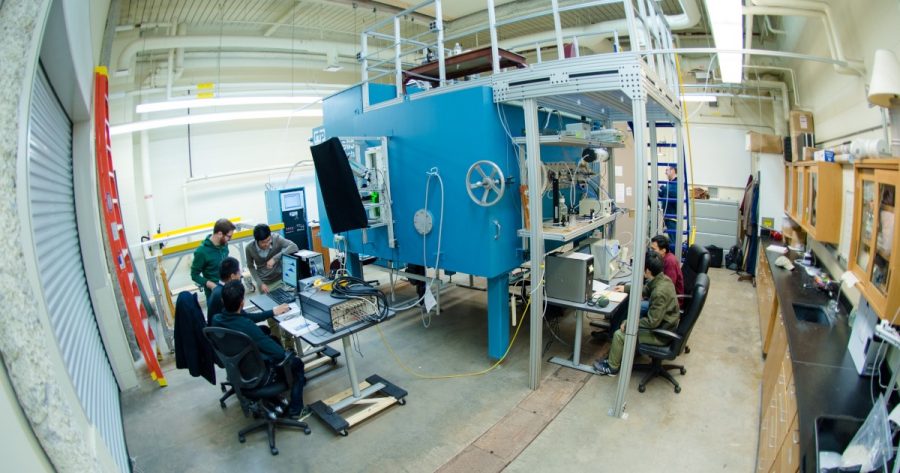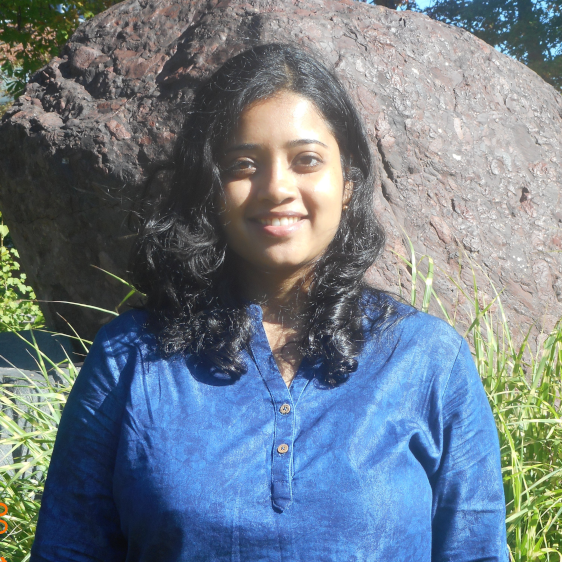Ph.D. candidates Dan Yeager and Lucas Simonson have each been awarded a Department of Defense Science, Mathematics, and Research for Transformation (DoD SMART) Scholarship.
The DoD SMART Scholarship provides students with full tuition for up to five years, mentorship, summer internships, a stipend, and full-time employment with the DoD after graduation. Dan and Lucas join a list of 26 prior Michigan Tech Huskies to have received this prestigious scholarship.
Dan is working with Professor Raymond Shaw, with a focus on cloud micro-physics and computational fluid dynamics. He is also serving as a physics representative to the Graduate Student Government.
Yeager will be affiliated with the Naval Oceanographic Office in Mississippi.
Lucas is working with Professor Ramy El-Ganainy, where he studies Integrated Optics and Photonics; learning how light and matter interact on a quantum scale.
Simonson will be affiliated with the US Army’s C5ISR Center in Ft. Belvoir, Virginia.

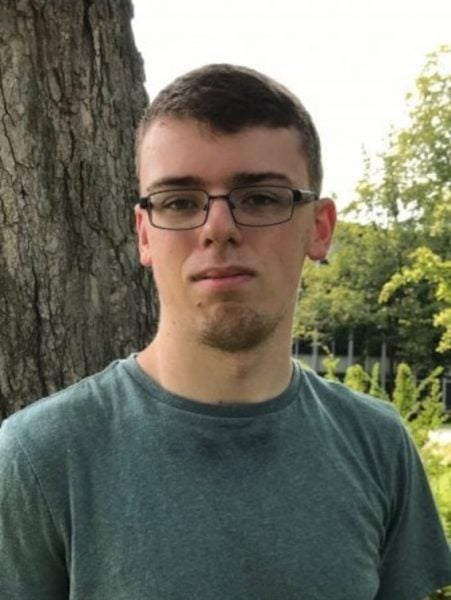





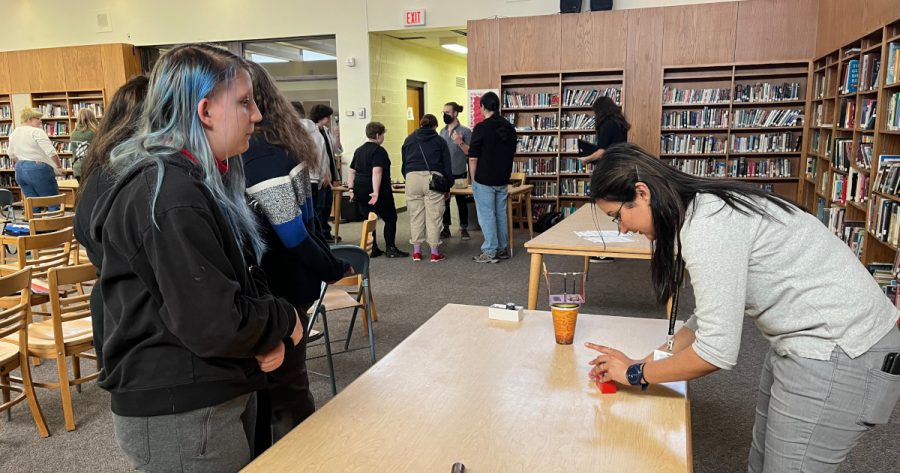
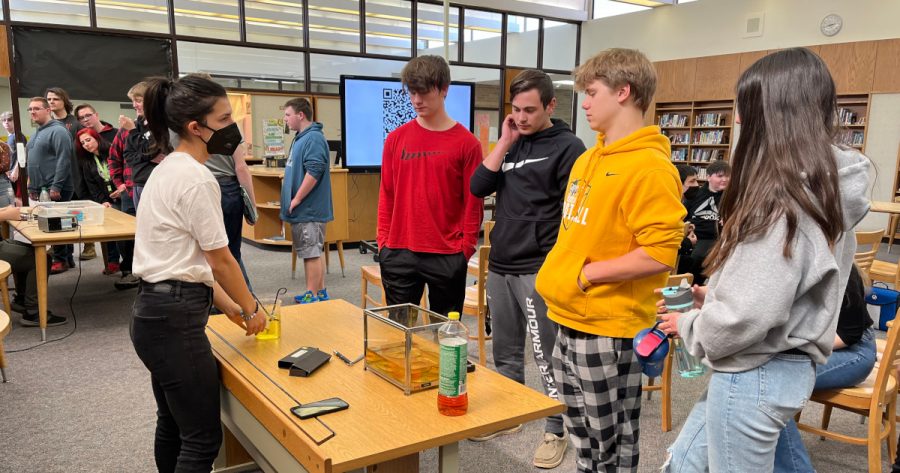



![Image of Anthony Palmer and Elijah Cobb in front of their poster at Michigan Tech’s Computing [MTU] Showcase](https://blogs.mtu.edu/physics/files/2022/04/20220405_1745030-800x600.jpg)
